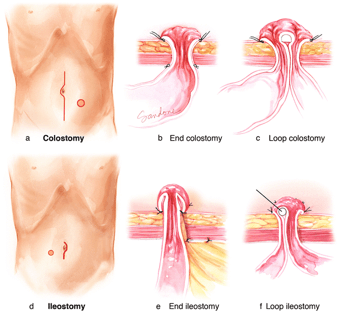In caring for a client who requires seizure precautions, the practical nurse (PN) should ensure the ready availability of equipment to perform which procedure?
Suction the trachea.
Insert a nasogastric tube.
Insert a urinary catheter.
Apply soft restraints.
The Correct Answer is A
Suction the trachea.
Choice A rationale:
The practical nurse (PN) should ensure the ready availability of equipment to perform tracheal suctioning for a client who requires seizure precautions. Seizures can sometimes cause excessive salivation or even vomiting, which may lead to the obstruction of the airway. Suctioning the trachea helps in quickly clearing any secretions or vomitus from the airway, preventing potential respiratory compromise and ensuring the client's airway remains patent.
Choice B rationale:
Inserting a nasogastric tube is not directly related to seizure precautions. Nasogastric tubes are used for various purposes, such as decompression of the stomach, feeding, or administering medications. While it might be necessary in specific situations, it is not a priority when caring for a client on seizure precautions.
Choice C rationale:
Inserting a urinary catheter is also not directly related to seizure precautions. It is typically done for clients who have difficulty urinating on their own or for precise monitoring of urine output. Seizure precautions focus on the client's airway and safety during a seizure episode.
Choice D rationale:
Applying soft restraints is generally not recommended for clients on seizure precautions. Restraints should only be used as a last resort for clients who pose a risk to themselves or others during a seizure. The primary goal is to provide a safe environment and prevent injuries without restraining the client unless absolutely necessary.
Nursing Test Bank
Naxlex Comprehensive Predictor Exams
Related Questions
Correct Answer is A
Explanation
This is the best action for the PN to implement because it addresses the client's question and provides an opportunity to educate the client about the fecal diversion surgery and its outcomes. The PN should review the type, location, and appearance of the surgical opening (stoma) and explain how it will affect the client's elimination and body image.

Correct Answer is A
Explanation
The correct answer is choice A: Have the client sit down in the hall.
Choice A rationale: The PN should first have the client sit down to help alleviate the client's chest tightness and shortness of breath. Sitting down allows for better lung expansion and reduces the risk of falling due to dizziness or lightheadedness. This is the most appropriate initial action in response to the client's complaint.
Choice B rationale: While assisting the client back to their room is important, the PN should first ensure that the client is sitting down to help manage their symptoms. After the client is seated and more stable, the PN can then assist them back to their room for further assessment and intervention.
Choice C rationale: Administering sublingual nitroglycerin may be appropriate if the client is experiencing cardiac-related chest pain. However, the PN should first have the client sit down and gather more information about their symptoms before administering any medications.
Choice D rationale: Obtaining a 12-lead electrocardiogram can help assess the client's cardiac status, but it is not the first action that the PN should take in this situation. Ensuring the client's safety and managing their symptoms are immediate priorities. The PN can consider obtaining an electrocardiogram after addressing the client's immediate needs and assessing their condition further.
Whether you are a student looking to ace your exams or a practicing nurse seeking to enhance your expertise , our nursing education contents will empower you with the confidence and competence to make a difference in the lives of patients and become a respected leader in the healthcare field.
Visit Naxlex, invest in your future and unlock endless possibilities with our unparalleled nursing education contents today
Report Wrong Answer on the Current Question
Do you disagree with the answer? If yes, what is your expected answer? Explain.
Kindly be descriptive with the issue you are facing.
